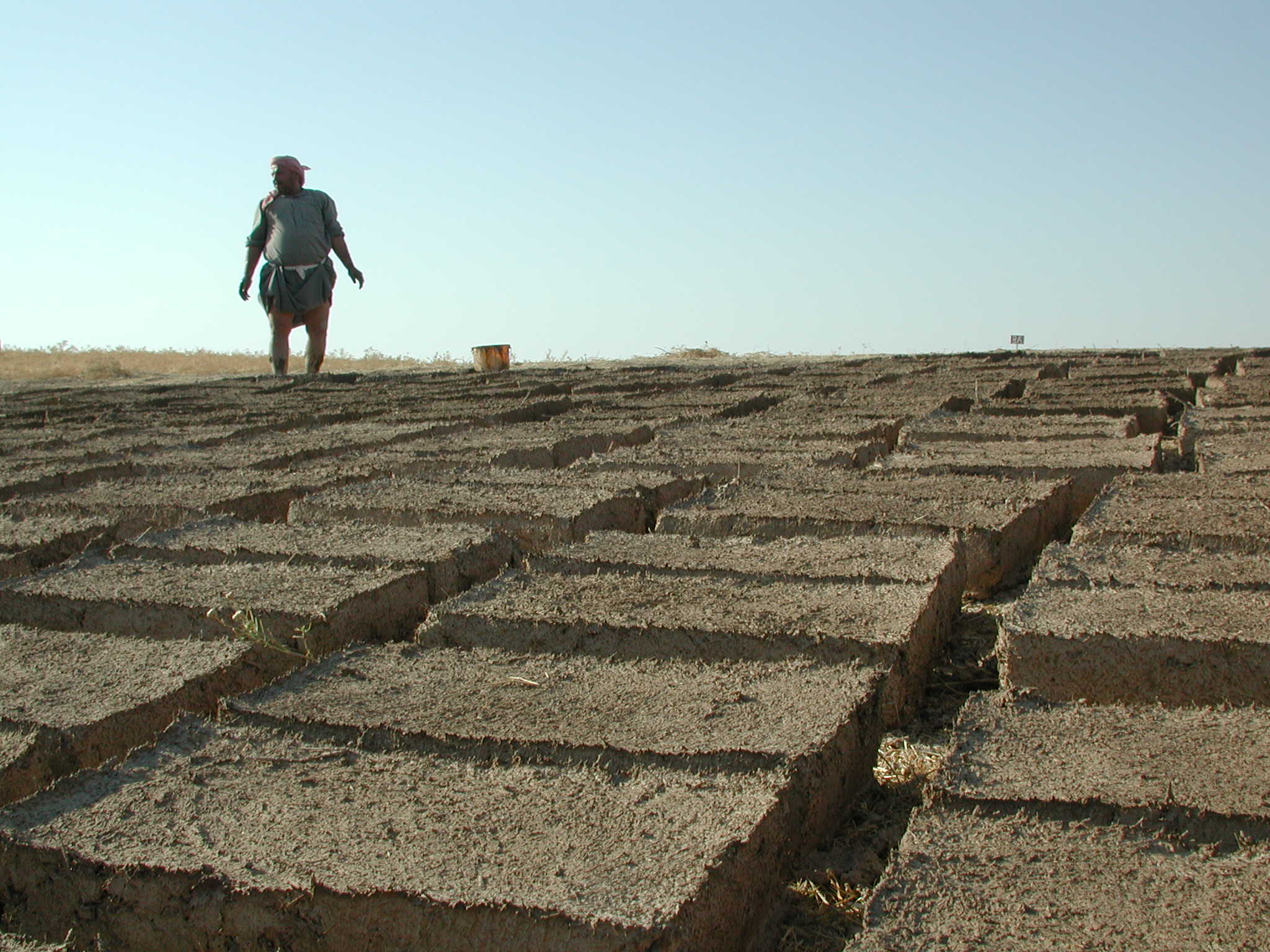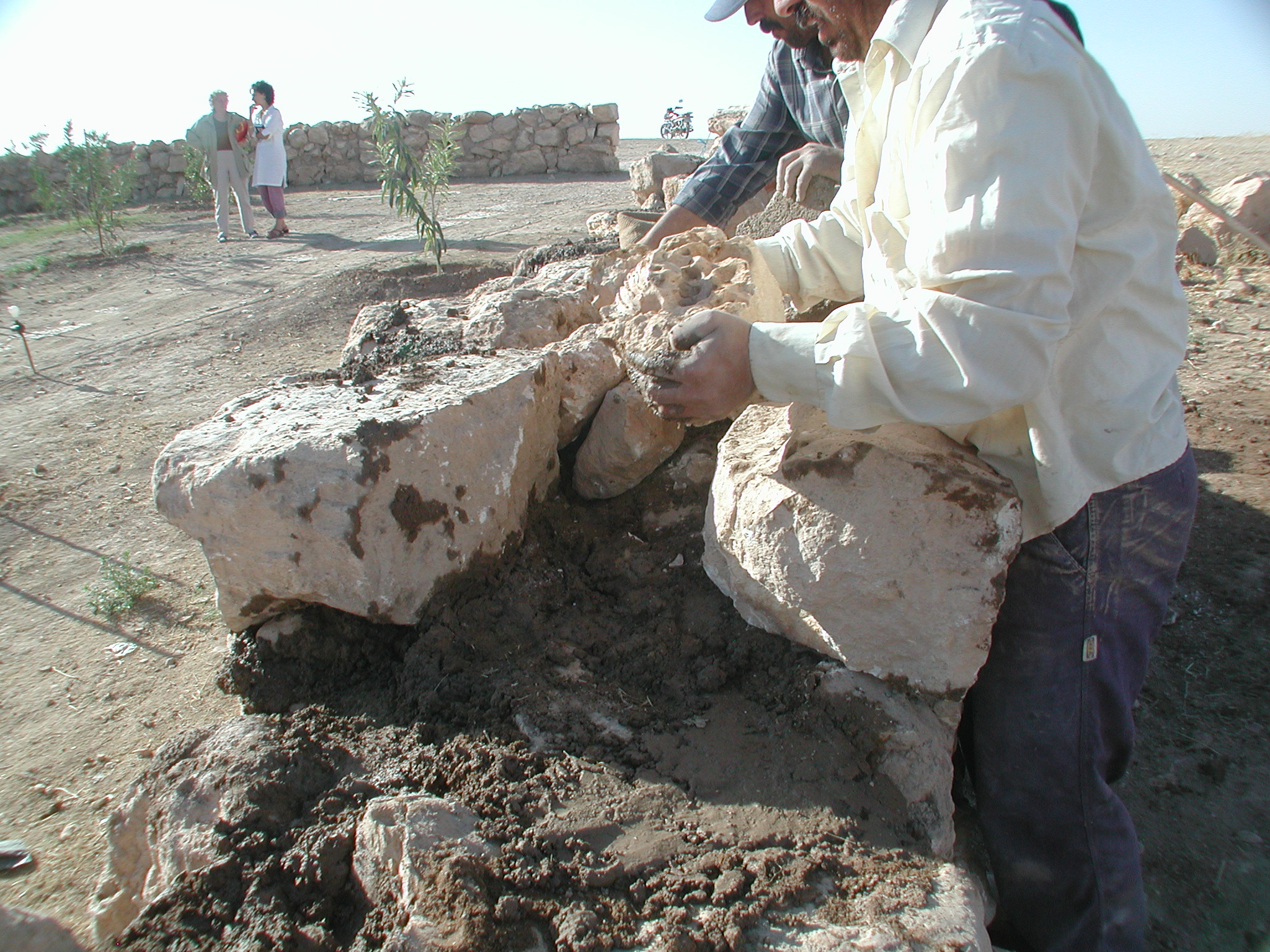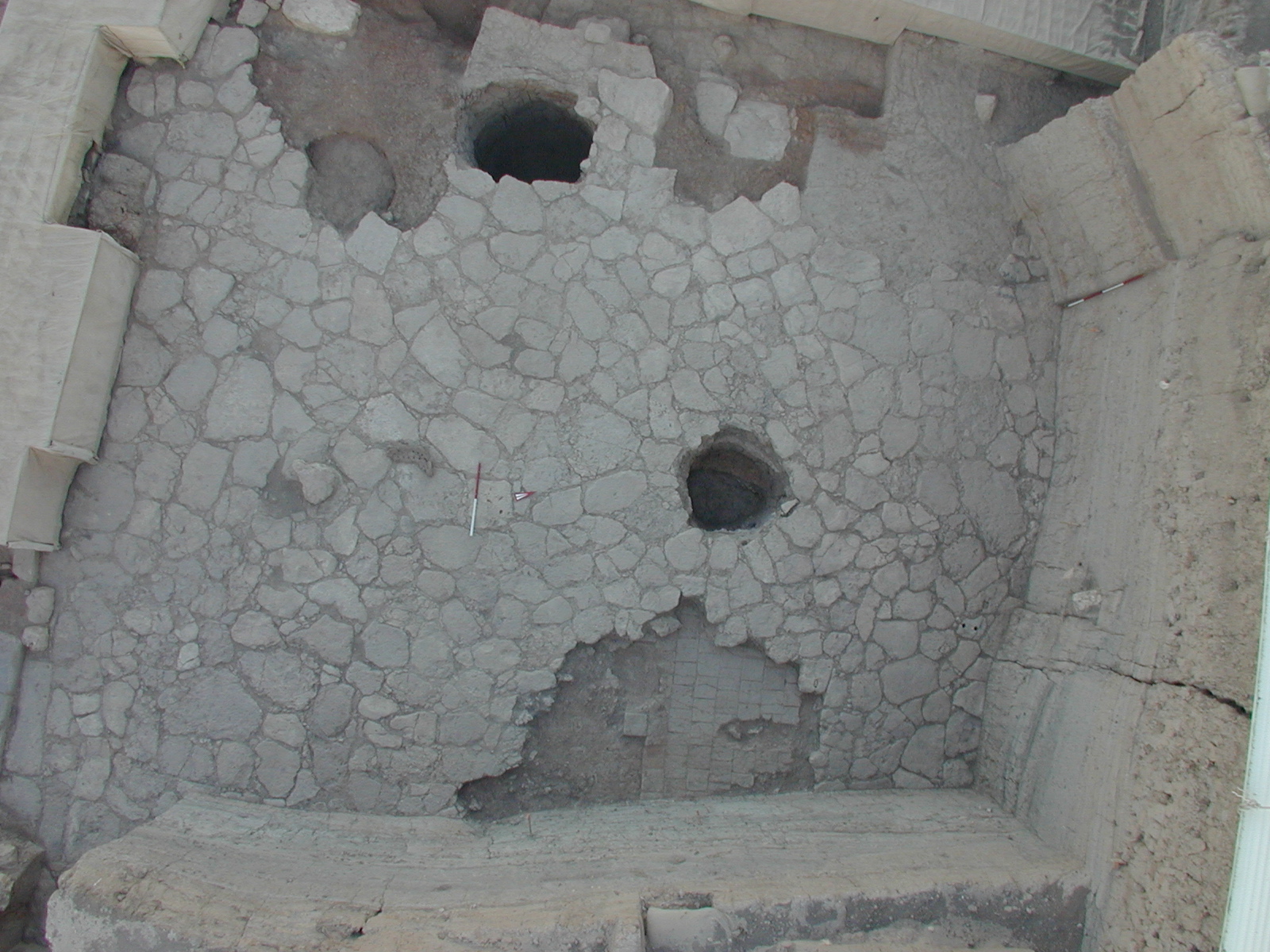This project examines cost-calculation-algorithms which can be applied to the volumes of ancient architecture to explore the temporal, material or energetic ‘cost’ of the steps of that process. Up to now this has been done on an ad-hoc basis, with scholars finding appropriate comparisons. Within this project an online interactive interface where scholars enter volumetric data from their research is developed.
Research
Project Goal
Architecture is one of the main elements of material culture that archaeologists find in the archaeological record. One of the most important aspects of architecture is the process of construction leading up to the first use of the building. Cost-calculation-algorithms can be applied to the volumes of ancient architecture to explore the temporal, material or energetic ‘cost’ of the steps of that process. Up to now this has been done on an ad-hoc basis, with scholars finding appropriate comparisons for individual buildings.
This project produced a catalog of algorithms, and gives access through an online interactive interface where scholars enter volumetric data from their research, gaining an understanding of the costs necessary in the construction of a specific building.
The project was ‘born digital’ in the sense that it is only of benefit as a digital humanities project. The algorithms are of use to scholars when presented as online interactive fields, so that many possible combinations and hypothetical situations can be explored.
Background
This project began as a study of a specific architectural complex – the Palace of Tupkish at ancient Urkesh, a palace dating to the Akkadian period, ca. 2300 BC (F. Buccellati 2016). The algorithms used in that study serve as the point of departure for this project.
By defining a wide range of algorithms for diverse materials and construction practices, and then making them available in an interface, this project is not only simplifying the study of what architectural costs would have been, but is also providing a way for scholars to compare buildings, materials and work practices on a regional and an interregional level.
Such analyses can also serve in answering broader questions, such as the burden of building monumental structures or the cost of prestigious architectural elements.
Algorithms: An Example
To give a concrete example, David Oates calculated that for 100 sundried mudbricks approx-imately 1 ½ bags of chaff were needed, about 60kg (D. Oates 1990 – source context: ethnographic observation in NE Syria). He also states that about 1/8 of a hectar (1250 m2) was needed to produce 1 ½ bags of chaff.
On the basis of Oates’ factual observation (the source), and given a similar context, then if one wants to know how many kilos of chaff are needed for x number of bricks one uses the following algorithm:
((x / 100) * 60)
While if one wants to know how much land (in m2) is needed to produce y kilos of chaff one uses the following algorithm:
(y * (1250 / 60))
Sources
The sources for these algorithms can be placed in three categories: ethnographic observation, experimental archaeology, and textual sources. Ethnographic observations include research done by scholars (primarily anthropologists) looking at modern work situations.
The second category, those deriving from experimental archaeology, attempts to understand the ancient process of construction by re-creating elements of material culture found in the archaeological record.
The third group of algorithms are derived from textual sources. These are primarily ancient administrative texts which describe aspects of a specific construction project.
Critique of Sources
There is an inherent danger in deriving algorithms from such a wide geographic, cultural and chronological range of data, and then applying them to diverse contexts. To avoid, as much as possible, error due to decontextualization, several steps can be taken.
The algorithms in the calculator are all referenced, with indicators as to the type of source, so that the user is immediately aware of the origin for the data of each specific algorithm. Further, a specific effort is being made to provide diverse algorithms for the same aspect of construction, so that by comparing overlapping algorithms from diverse sources, contexts and periods users are aware of the range of variation.
An example of this overlap can be found in the algorithm defining the amount of dirt a person can carry over a fixed distance. For this algorithm, one has data from ethnographic observation (Coles 1973), archaeological experimentation (Abrams 1994) and textual sources (Heimpel 2009).
Duration and Support
The project as outlined above was completed in July of 2018, with the Energetics Calculator available online at www.EnCAB.net. The project will continue beyond that date, however, as the code is available on GitHub under a copyleft license (GPL/GNU 3): https://github.com/fabfab1/EnCAB. Additions to the algorithms or the code are more than welcome.
Financial support for the project comes from the National Endowment for the Humanities through the Digital Publication Fellowship Program, which is funded by the Mellon Foundation.
Institutional support comes from the Alexandria Archive Institute, which hosts the project, as well as the research group (B-2) XXL – Monumentalized Knowledge of the Excellence Cluster Topoi.



